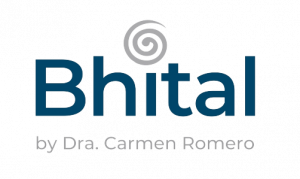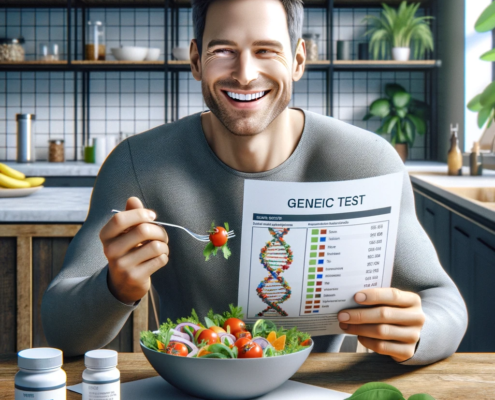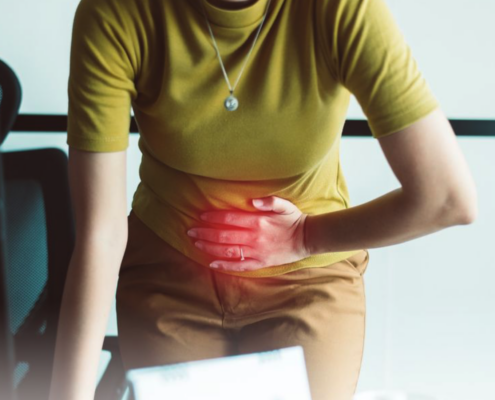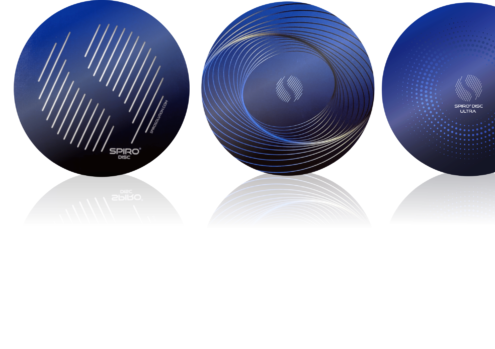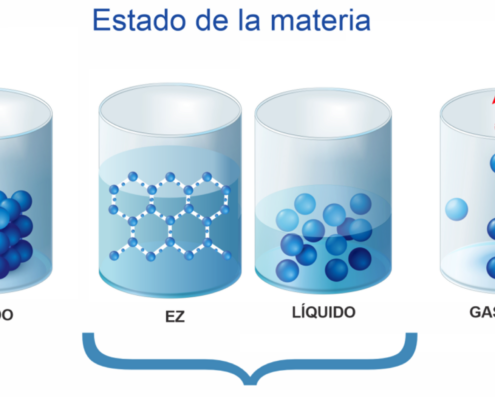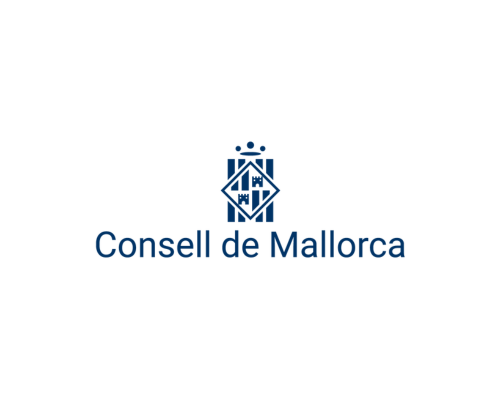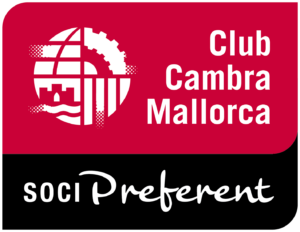ENDOCRINE DISRUPTORS, SILENT ENEMIES: HOW CAN WE DEFEND OURSELVES?
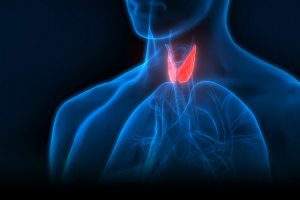
01.- FRESH AND ORGANIC FOOD
Eat real, ideally local, fresh and organic food. Processed and packaged foods are therefore a common source of chemicals such as BPA and phthalates. Also wash fresh produce well, especially if it is not organic.
02.- MEATS AND DAIRY PRODUCTS FROM PASTURED ANIMALS
Above all choose meat and dairy products from pastured animals, sustainably raised to reduce their exposure to hormones, pesticides and fertilisers. Also avoid milk and other dairy products containing recombinant bovine growth hormone (rBGH) or transgenic (rBST).
03.- WILD FISH AND KRILL OIL
Instead of consuming conventional or farmed fish, often contaminated with PCBs and Mercury, it is also advisable to take high quality krill oil supplements or eat wild fish, whose purity has been analysed, such as wild Alaskan salmon.
04.- PRODUCTS IN GLASS CONTAINERS
It is important to buy products, which come in glass containers instead of plastic or cans, as the chemicals contained in e.g. plastics and the plastic coatings of cans, leach both into the contents and into the food.
05.- WATCH OUT FOR BPA-FREE PLASTICS
Also be aware that “BPA-free” plastics often contain other endocrine disrupting chemicals, which are just as bad as BPA and are not always identified on the labelling.
06.- STORE IN GLASS, NOT IN PLASTIC
Store food and drinks in glass containers, instead of e.g. plastic, and therefore avoid using plastic and aluminium foil to wrap or store food. Use glass bottles.
07.- COOKING WITH CERAMIC OR GLASS UTENSILS
Replace non-stick pots and pans with ceramic or glass utensils.
08.- FILTERING WATER (USE AND CONSUMPTION)
Filter water for drinking and bathing. If you can only afford one, filtering bathing water may be more important, as the skin absorbs contaminants. To remove the endocrine disrupting herbicide Atrazine, we must ensure that our filters are certified to do so. Also, according to the Environmental Working Group (EWG), perchlorate can be filtered out without a reverse osmosis filter.
09.- PRODUCTS WITH ORGANIC CERTIFICATION
Look for products of all kinds made by animal-friendly, sustainable, certified organic and GMO-free companies. From food and personal care products, to building materials, carpets, paint, furniture, mattresses and clothes, etc.
10.- HOOVER WITH HEPA FILTER
Use a hoover with a HEPA filter to remove contaminated dust from your home. This is one of the major routes of exposure to the flame-retardant chemicals found in many household products.
11.- CHOOSE FURNITURE MADE OF NATURAL, NON-FLAMMABLE MATERIALS.
When purchasing new products such as furniture, mattresses, carpets, etc. we should also consider buying fire resistant varieties that contain naturally less flammable materials such as leather, wool, cotton and silk.
12.- DO NOT BUY STAIN AND WATER RESISTANT CLOTHING AND FURNITURE.
Avoid stain and water resistant clothing, furniture and carpets to avoid PFC perfluorinated chemicals.
13.- AVOID PLASTIC TOYS
Make sure that babies’ toys are BPA-free, such as dummies, teething rings, as well as any object that the baby could suck or chew on (even books, which are often laminated). It is therefore advisable to avoid all plastics, especially the flexible varieties.
14.- USE NATURAL CLEANING PRODUCTS
Use natural or self-made cleaning products, e.g. vinegar, bicarbonate. As well as avoiding those containing 2-butoxyethanol EGBE and methoxy diglycol DEGME, 12 toxic glycol teles, which can compromise fertility and also cause damage to the foetus.
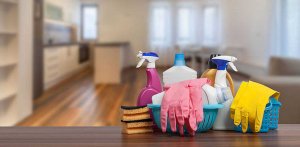
15.- DO NOT OPT FOR VINYL CURTAINS.
When replacing curtains, do not choose vinyl curtains, but rather fabric curtains that are not treated with chemicals (anti-stain and anti-wrinkle).
16.- ORGANIC BATHROOM PRODUCTS
It is important to replace personal hygiene products, tampons, sanitary towels, with safer alternatives. Use organic bath products, fluoride-free toothpaste (although it was recommended until a few years ago, we now know that it is toxic), as well as antiperspirant and organic cosmetics.
The EWG11 skin-deep database, for example, can help you find personal care products free of phthalates and other potentially harmful chemicals.
17.- BUY FRAGRANCE-FREE PRODUCTS
Look for fragrance-free products, as fragrances can contain hundreds or thousands of potentially toxic chemicals.
18.- DISCARD THE USE OF FABRIC SOFTENERS AND WIPES
Avoid fabric softeners and dryer sheets because they contain a mixture of chemicals and synthetic fragrances.
19.- HEALTHY AND FUNCTIONAL PHYSIOLOGICAL TOOLS
Try to keep our physiological detoxification tools healthy and functional, especially hepatic, lymphatic and emunctory phases 1 and 2, respecting the frequency of evacuation, as well as the volume and shapes.
20.- SAUNAS AND STEAM BATHS
Also undergo sauna and/or steam bath sessions (this has been empirically proposed as a valid and reasonable tool, although there is little bibliographical support).
MORE NEWS FROM OUR BLOG
BHITAL WORLD
